This print shows the shogun's army attacking a port city.
Yoshiatoshi Tsukioka 芳年月岡, 1839-1892 is generally considered the last great master of Japanese printmaking and, for some, one of the greatest innovative and creative geniuses in this artistic field. During his life he produced a large number of prints, estimated by some authorities at over 10,000 in total; this includes numerous series of prints, many of which are of great value, as well as numerous diptychs, triptychs, etc. This site attempts to provide an online catalog raisonné of his entire production.
His career spanned two periods: the final years of old feudal Japan and the early years of new modern Japan. Like many Japanese, while interested in new developments from the rest of the world, he gradually became concerned about the loss of many exceptional elements of traditional Japan, including classic woodcuts. At the end of his career, Yoshitoshi fought against time and technology almost alone.
While working the old-fashioned way, Japan adopted mass reproduction methods from the West, such as photography and lithography. Nevertheless, in a Japan that was turning away from its own past, he managed, almost single-handedly, to bring traditional Japanese woodblock printing to a new level, before it died out with him.
Although demand for his prints continued for a few years, interest in him eventually faded, both in Japan and the rest of the world. The canonical view of this period was that Hiroshige's generation was truly the last of the great woodcut artists, and more traditional collectors stopped even earlier, at the generation of Utamaro and Toyokuni.
His reputation has continued to grow, both in the West and among young Japanese, and today he is universally recognized as the greatest Japanese artist of his time.















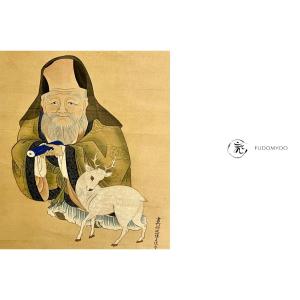
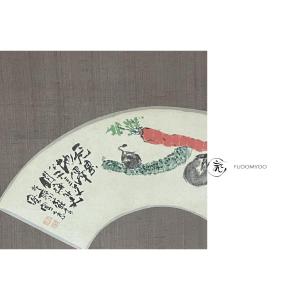
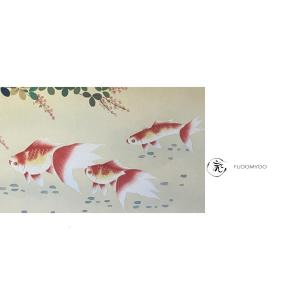

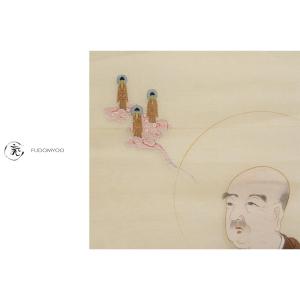
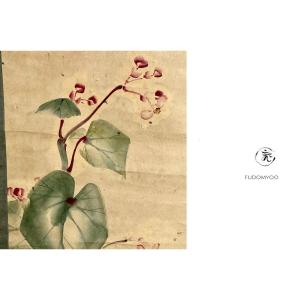
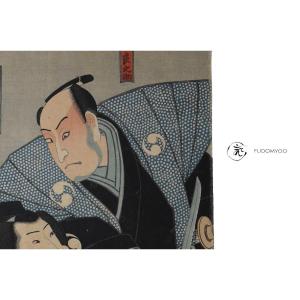

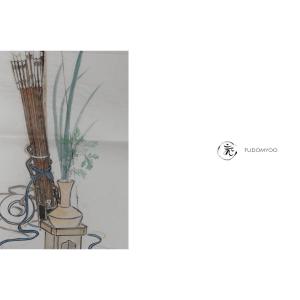
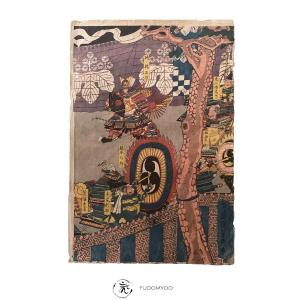
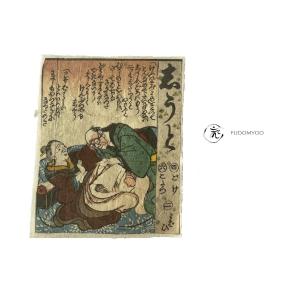


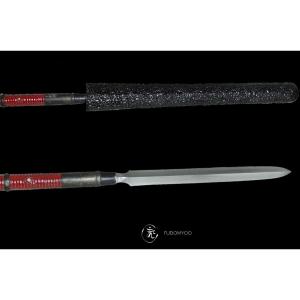
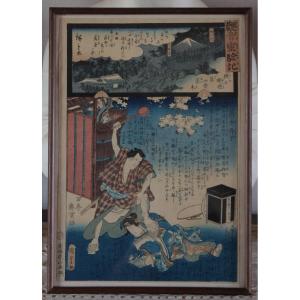

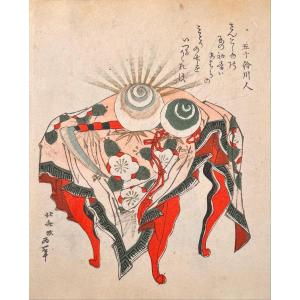
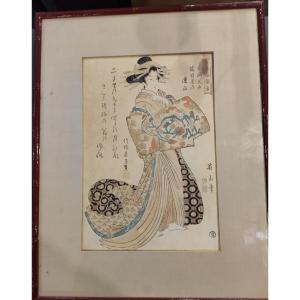




 Le Magazine de PROANTIC
Le Magazine de PROANTIC TRÉSORS Magazine
TRÉSORS Magazine Rivista Artiquariato
Rivista Artiquariato